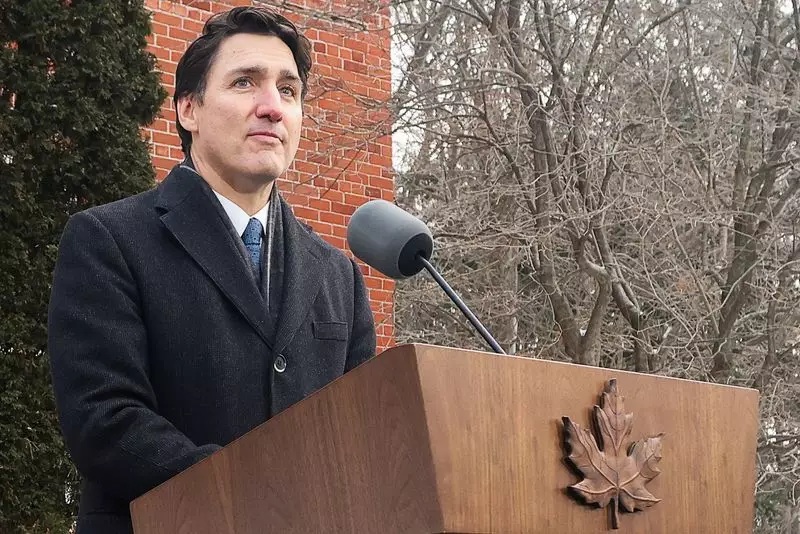As economic relations shift under the weight of political rhetoric, Canada finds itself at a critical juncture. Prime Minister Justin Trudeau is faced with a growing cacophony of discord regarding how to handle U.S. President Donald Trump’s threats of imposing significant tariffs on Canadian goods. With a potential 25% tariff looming, Canadian leaders are scrambling to formulate a cohesive response that promotes national solidarity while also addressing the diverse interests of its provinces.
Economists widely predict that the imposition of such tariffs could spiral Canada into a deep recession. At present, a staggering 75% of Canada’s exports flow to the United States, underscoring the interconnectedness of the two economies. If these tariffs are enacted, industries across Canada could face severe disruptions, with the potential loss of hundreds of thousands of jobs— a particularly alarming prospect for Ontario, the nation’s economic powerhouse. The looming threat raises urgent questions about the resiliency of Canada’s economy and the need for swift, effective governmental action.
Faced with this existential threat, Trudeau is convening a cabinet retreat aimed at consolidating a unified national strategy. However, divisions among provinces are becoming increasingly apparent. Ontario Premier Doug Ford has publicly criticized the federal government’s leadership, stressing the necessity for a united front to combat these trade threats. This sentiment resonates among other provincial leaders who fear that individual provincial economic interests may be overshadowed by federal strategies. The upcoming meeting between Trudeau and provincial premiers is crucial; they must bridge their differences to present a cohesive and strategic response to the U.S. administration.
Canada’s government has not hesitated to signal its willingness to retaliate should Trump follow through on his economic threats. Foreign Minister Melanie Joly expressed that all options are on the table, including potentially restricting energy exports to the U.S. This suggestion raises alarms, particularly among oil-producing regions like Alberta. Premier Danielle Smith has vocally opposed such tactics, warning of a national unity crisis should Ottawa pursue policies that could harm provincial economies. The ramifications of these discussions highlight the complexity of Canada’s federal structure, where economic strategies must navigate political sensitivities.
The stakes are high as Canada seeks to avoid fracturing amidst external pressures. Federal leadership must not only focus on immediate economic countermeasures but also on fostering unity among the provinces. The potential impact of tariffs is significant, affecting everything from jobs to sectoral stability. Industry leaders and policymakers must collaborate to develop a robust national strategy that both protects Canadian interests and fortifies relations with its most significant trading partner.
As Trudeau’s cabinet prepares for its critical retreat coinciding with Trump’s presidential inauguration, Canada stands at a pivotal moment. The decisions made will not only influence immediate economic conditions but also shape the future of Canada-U.S. relations. Navigating this crisis will require astute diplomacy, collaboration among provinces, and a resolute commitment to protecting the Canadian economy. The outcome of this political and economic battle could redefine Canada’s approach to international trade in the years to come.

